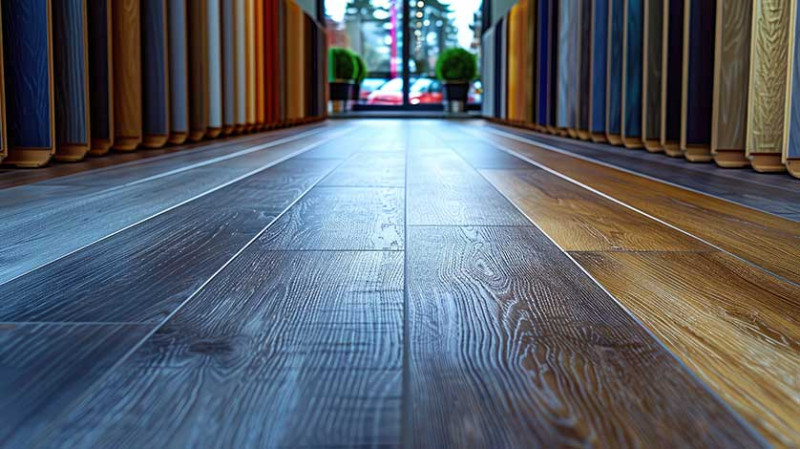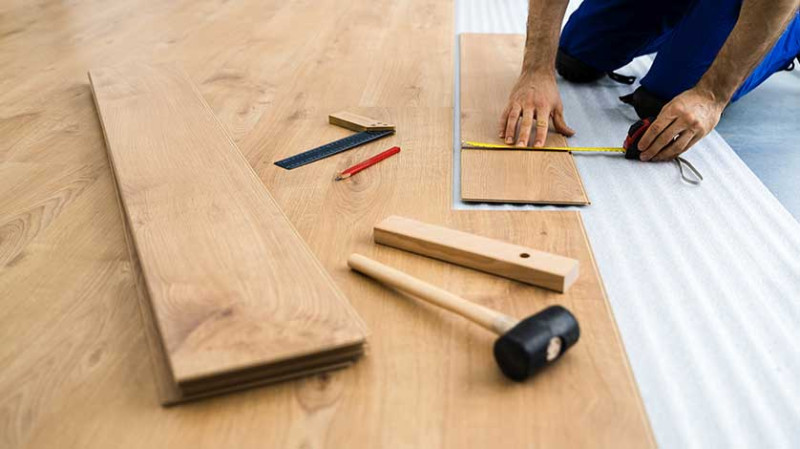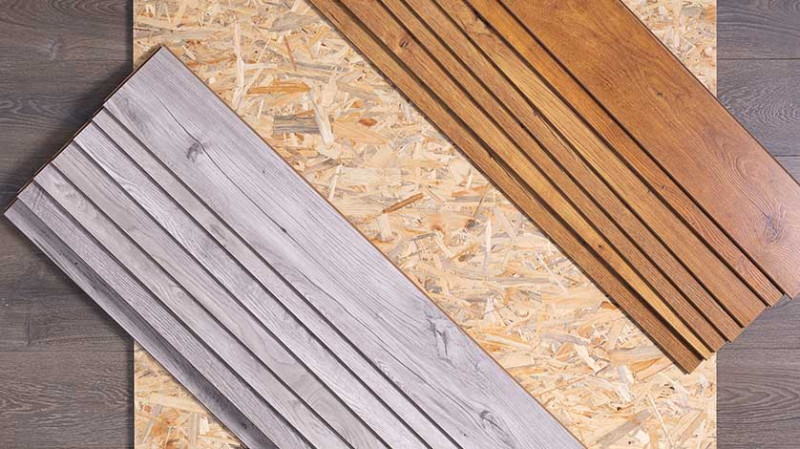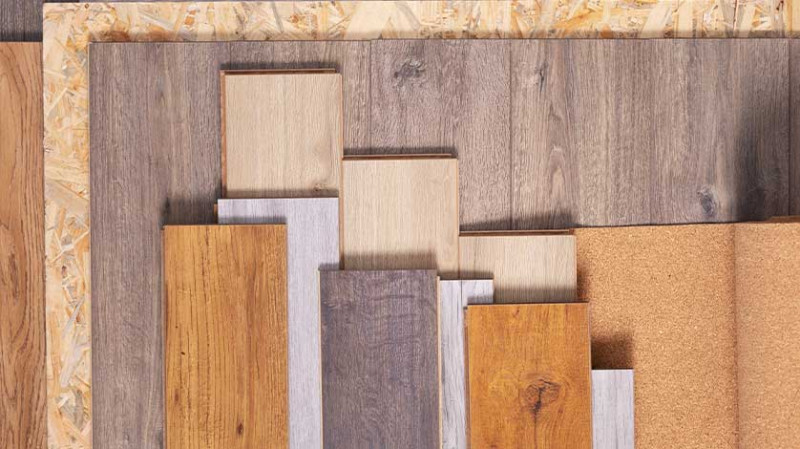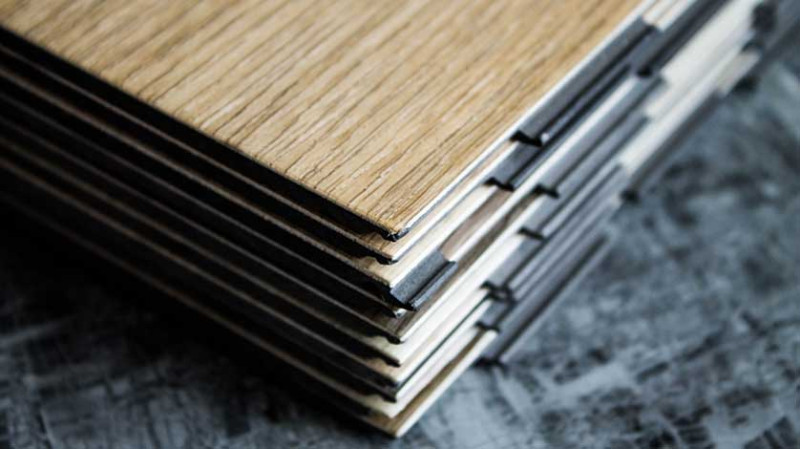
As we move further into 2025, the flooring industry in the UK is witnessing a surge of innovation and style, driven by both consumer demand and design ingenuity. With an increasing number of homeowners and designers looking for sustainable yet stylish flooring options, the market is evolving with exciting trends and new products.
Sustainability Takes Center Stage
The demand for sustainable flooring solutions continues to rise as consumers prioritize environmentally friendly products. This year, there’s a noticeable shift towards wood flooring sourced from sustainably managed forests. The Forestry Stewardship Council (FSC) certification remains a gold standard for consumers, ensuring that their wooden floors are not only stylish but eco-friendly.
Natural Tones and Textures
Natural tones, featuring earthy colours and organic textures, are at the forefront. Oak remains a perennial favorite, yet there’s a growing interest in less traditional woods like hickory and maple, which add unique grain patterns and shading options. This preference aligns with a broader trend towards bringing the serenity of the natural world into home interiors, helping to create calming and restorative spaces.
The Rise of Engineered Wood
Engineered wood flooring is commanding greater market share due to its affordability and versatility. Not only does it offer the appearance of solid wood at a lower cost, but its construction—layers of wood secured together—makes it highly durable and resistant to warping. This adaptability makes it suitable for a range of environments, from kitchens to basements.
Luxury Vinyl Tiles (LVT) Steal the Spotlight
Luxury Vinyl Tiles (LVT) continue to grow in popularity in the UK flooring industry. Thanks to advancements in design technology, LVT now mimics the look of natural stone and wood with remarkable realism. Their durability and water resistance make them ideal for bathrooms and kitchens. The latest releases emphasize ease of installation, with many brands offering innovative click-lock mechanisms.
Bold Patterns in Laminate Flooring
Laminate flooring is experiencing a renaissance, especially with the introduction of bold patterns and high gloss finishes. These styles cater to young professionals looking for quick DIY projects that dramatically transform a space without breaking the bank. Herringbone patterns and geometric designs are particularly trending, offering a contemporary edge and a touch of luxury at a fraction of the price.
Digital Commerce and Consumer Experience
The buying process is also evolving. Online platforms are now providing virtual room visualizers, allowing customers to see how different flooring might look in their homes before making a purchase. In-store, augmented reality (AR) kiosks are becoming a mainstay in flooring showrooms across the UK, facilitating a more immersive buying experience.
Forecasting the Future
Looking ahead, we anticipate an even greater integration of smart home technology with flooring products. Smart floors that incorporate sensors for pressure detection could soon be mainstream, offering insights into foot traffic and trends, potentially revolutionising retail and home space management. As sustainability and smart designs dominate consumer preferences, the UK flooring market is poised for exciting developments in 2025 and beyond.
